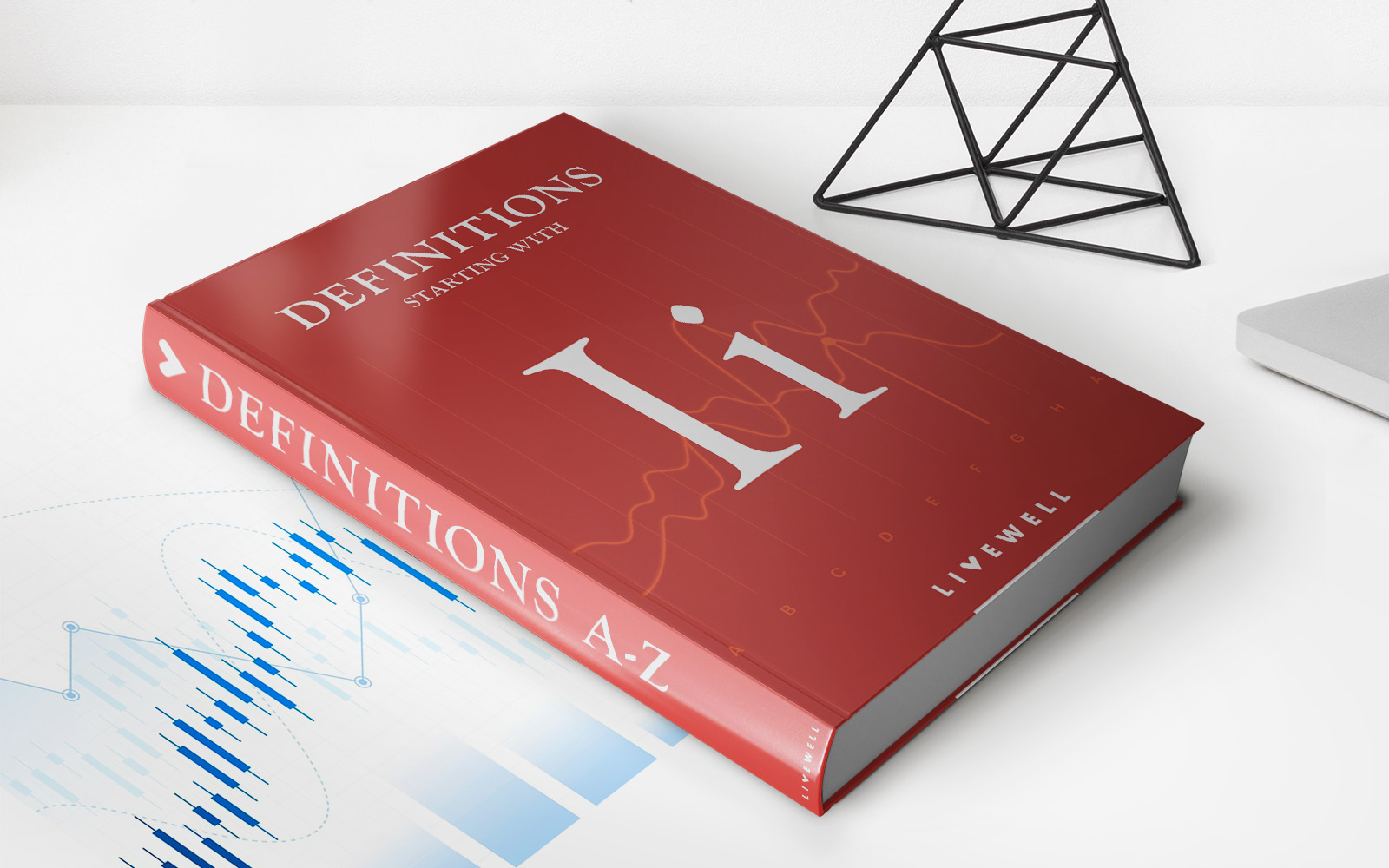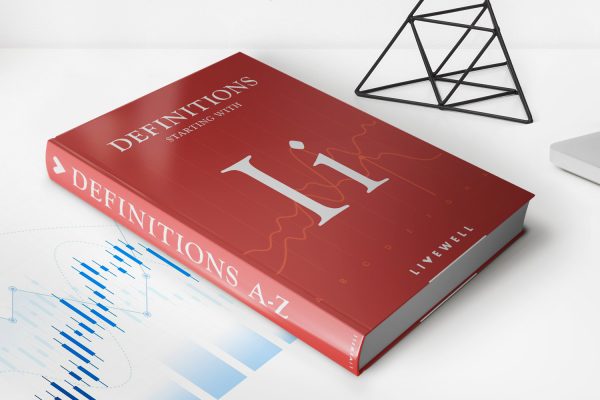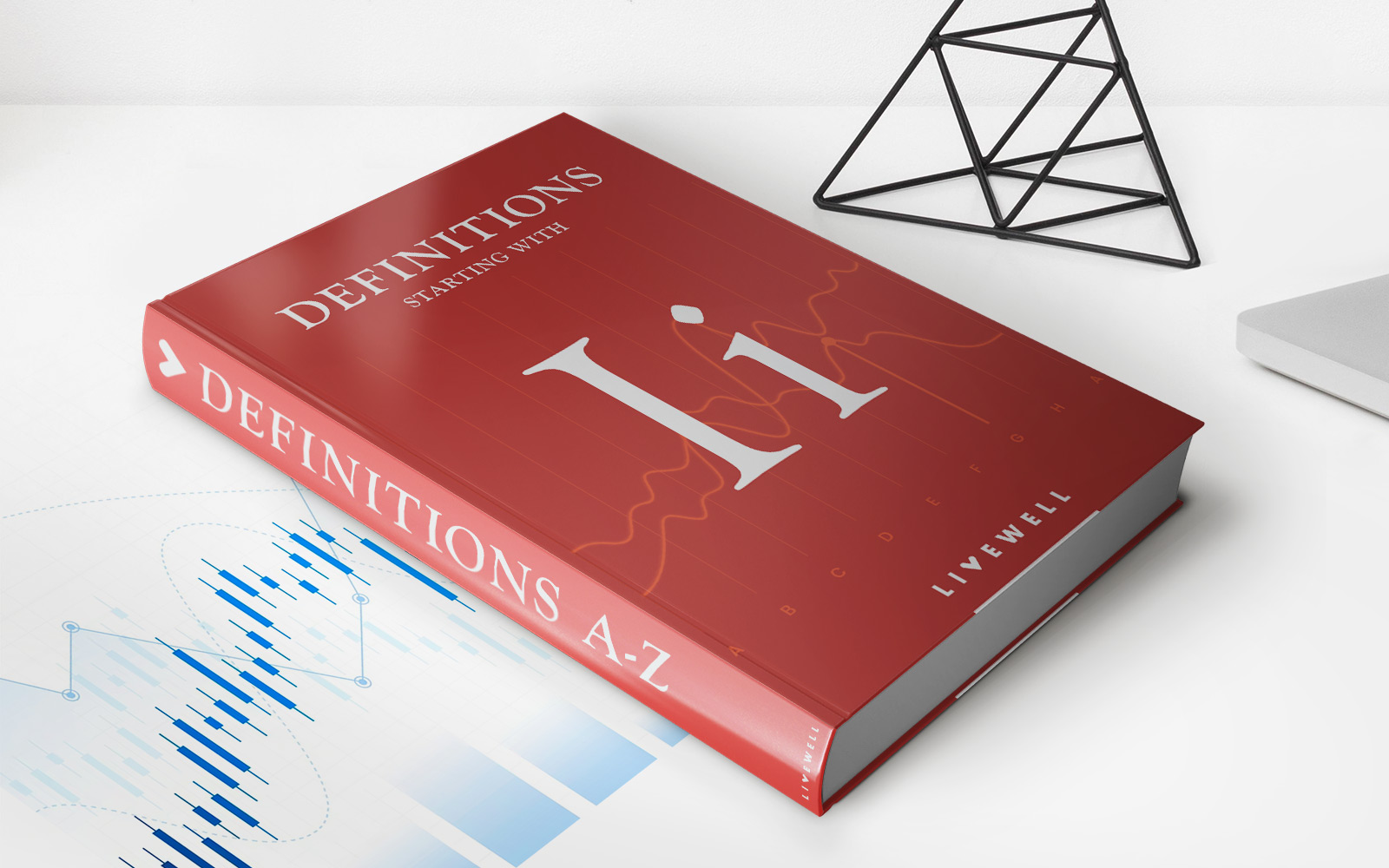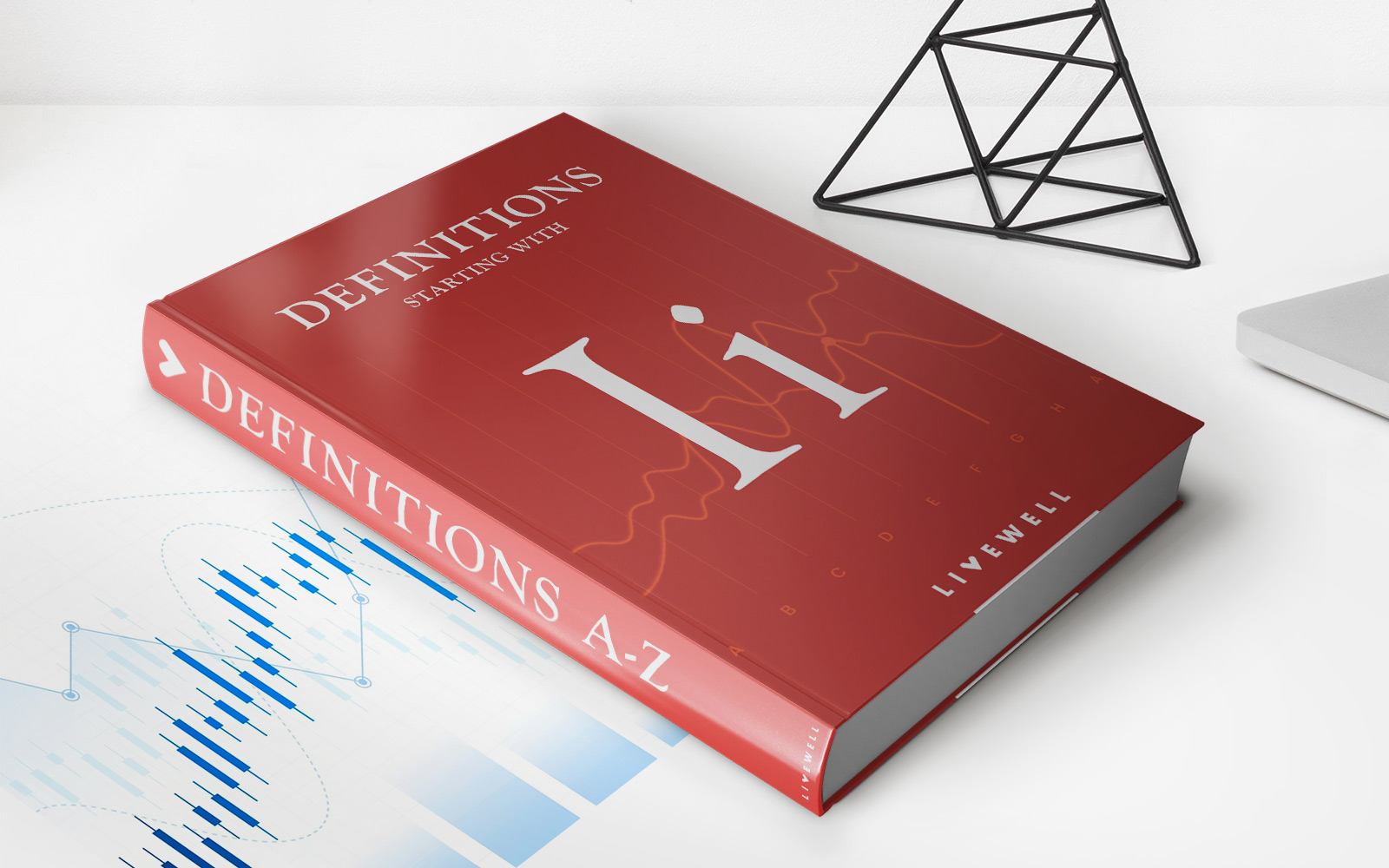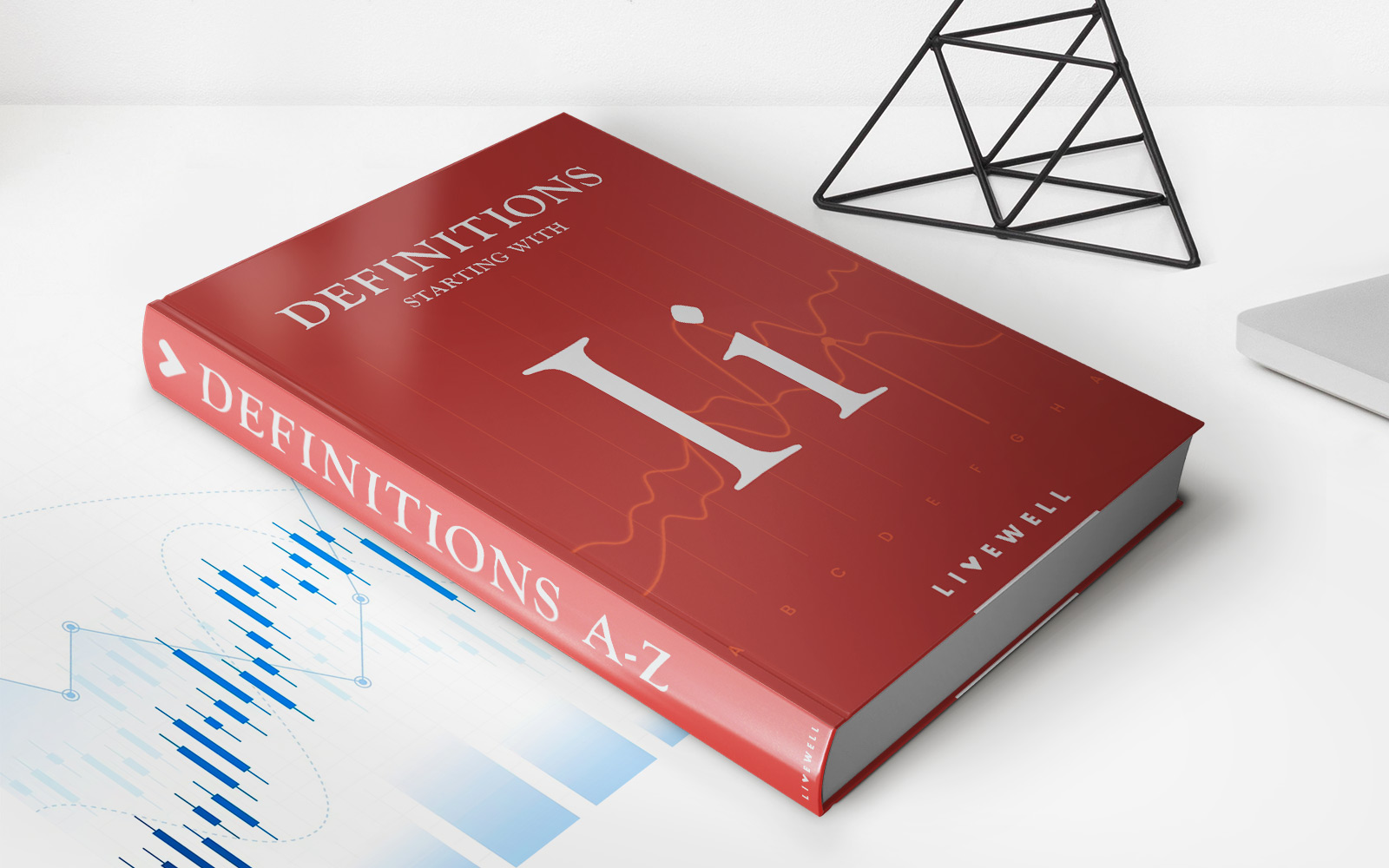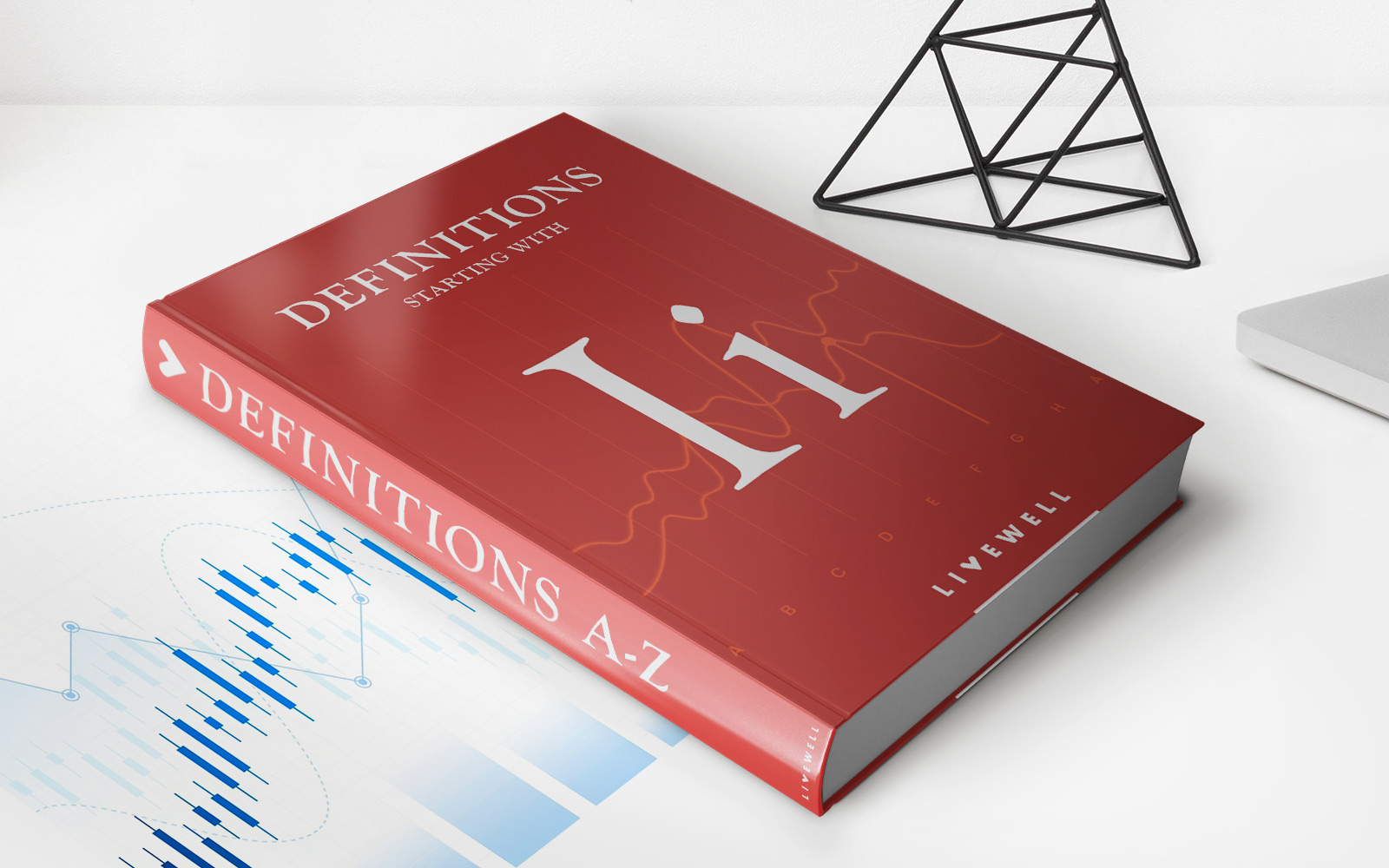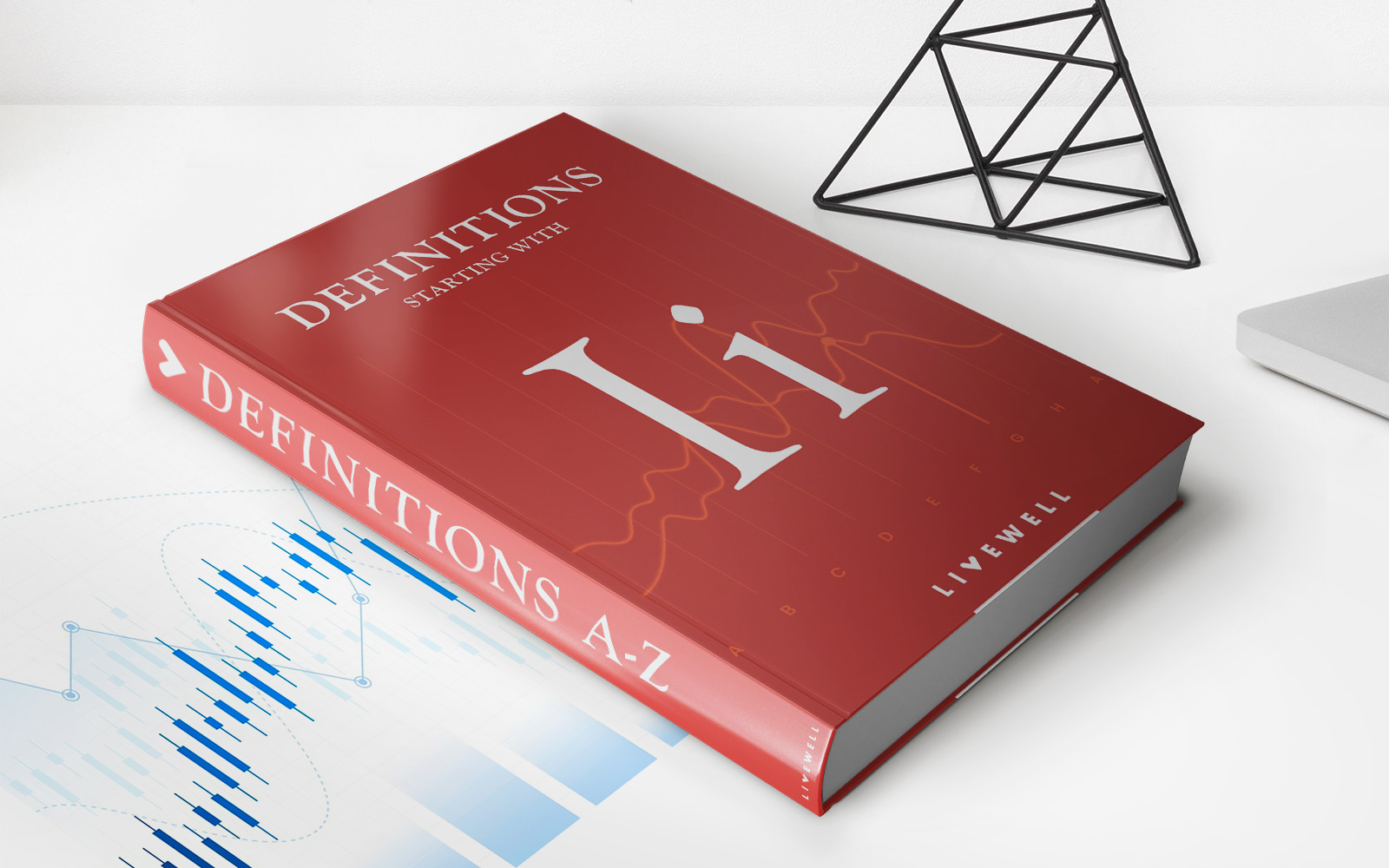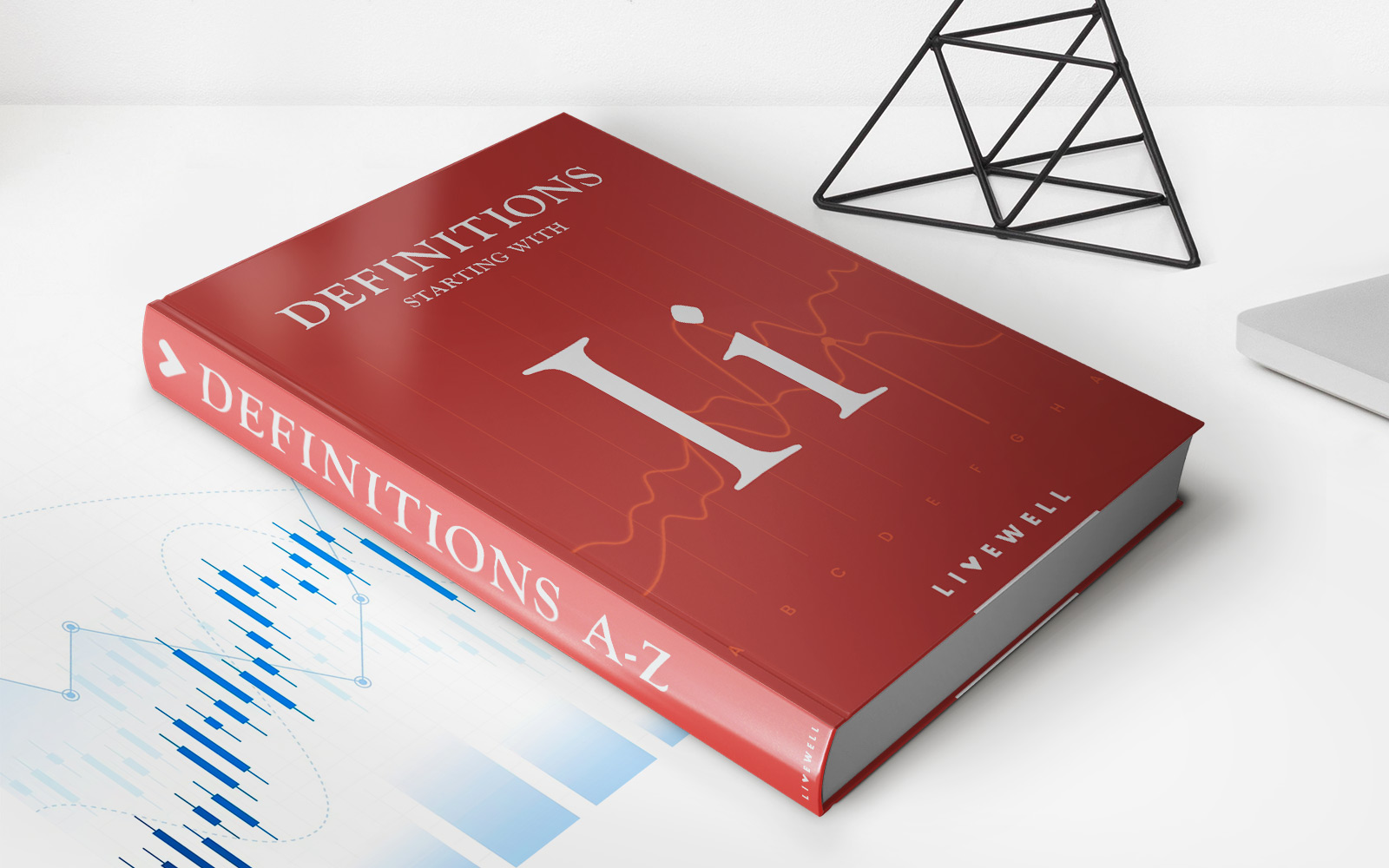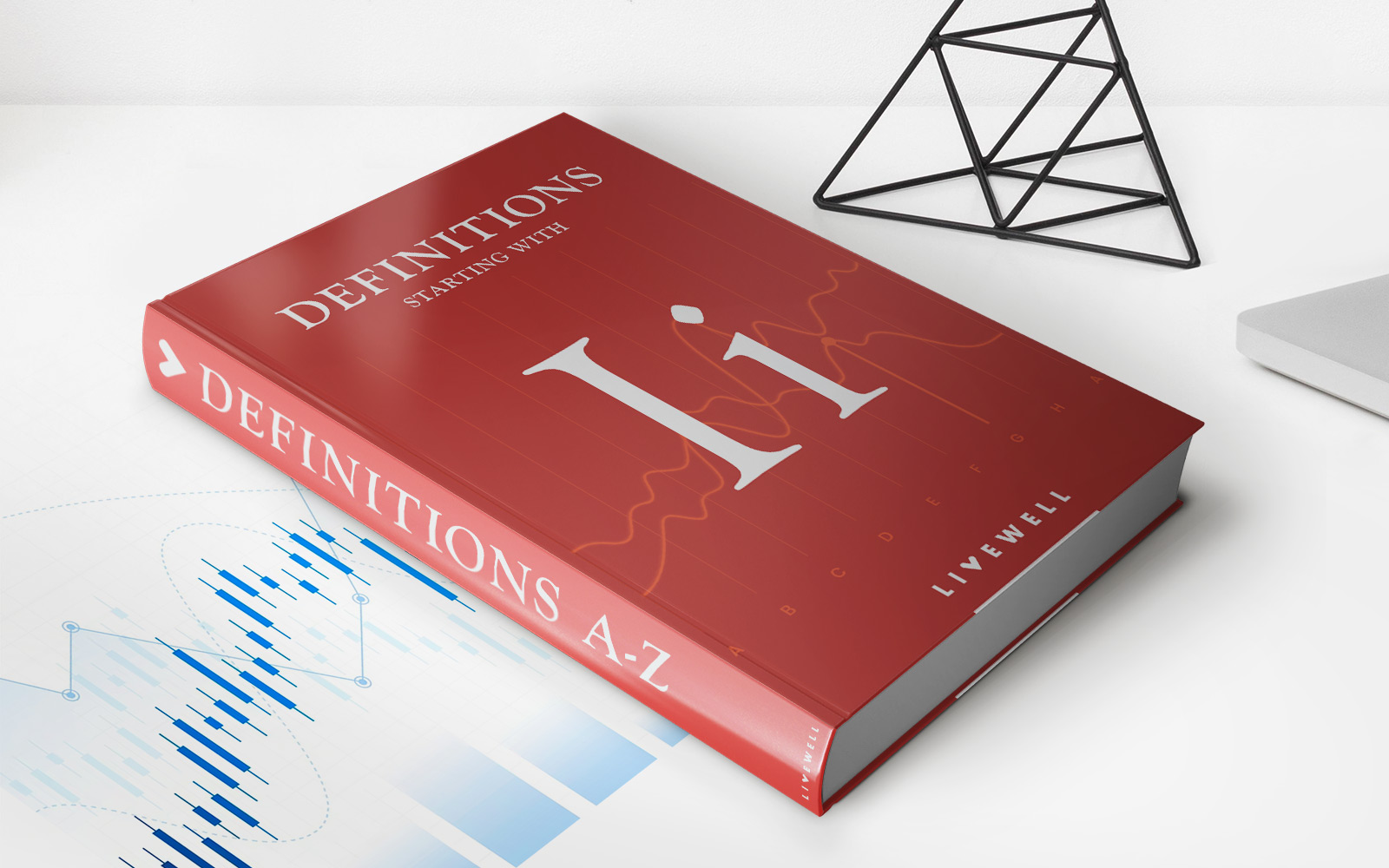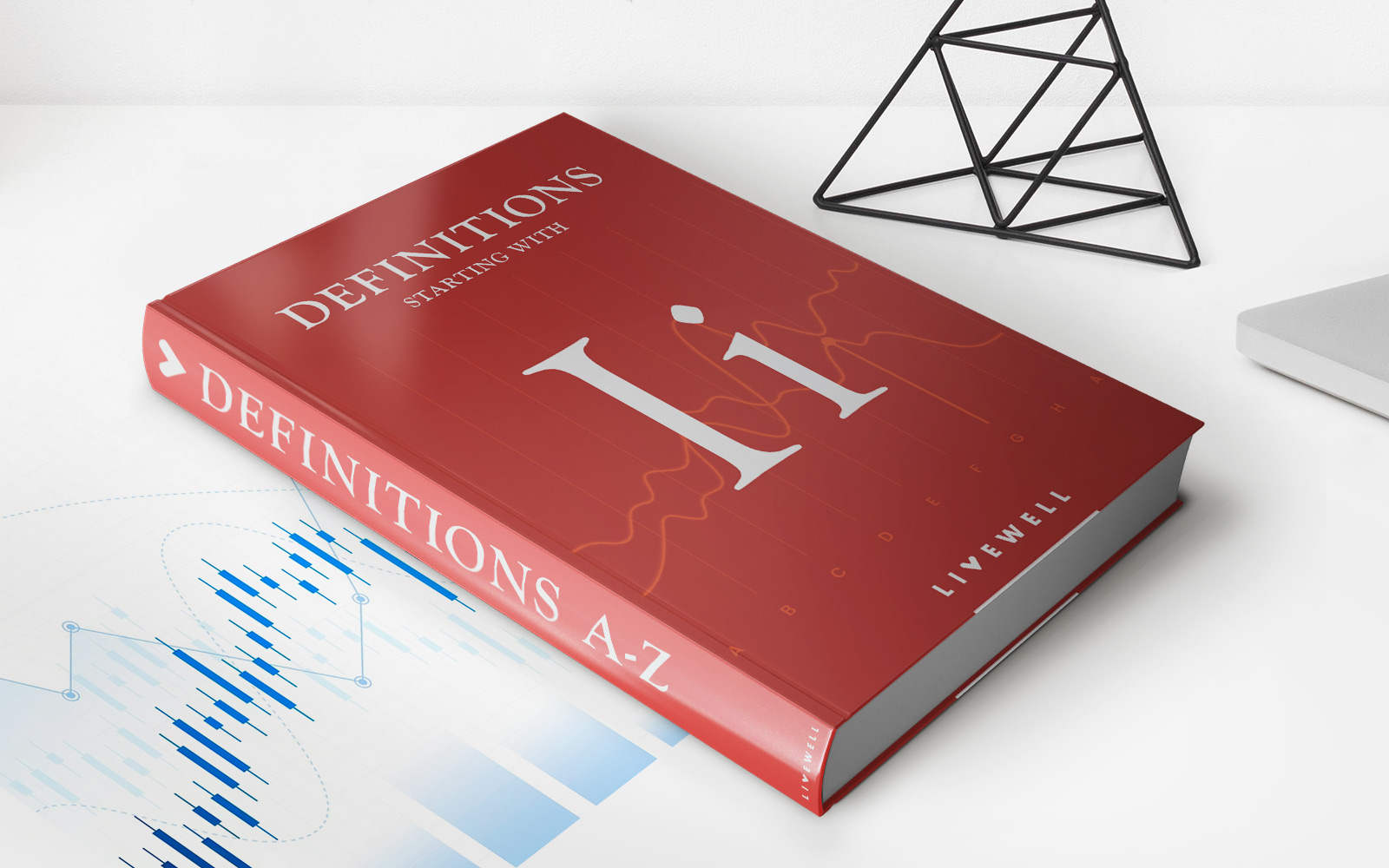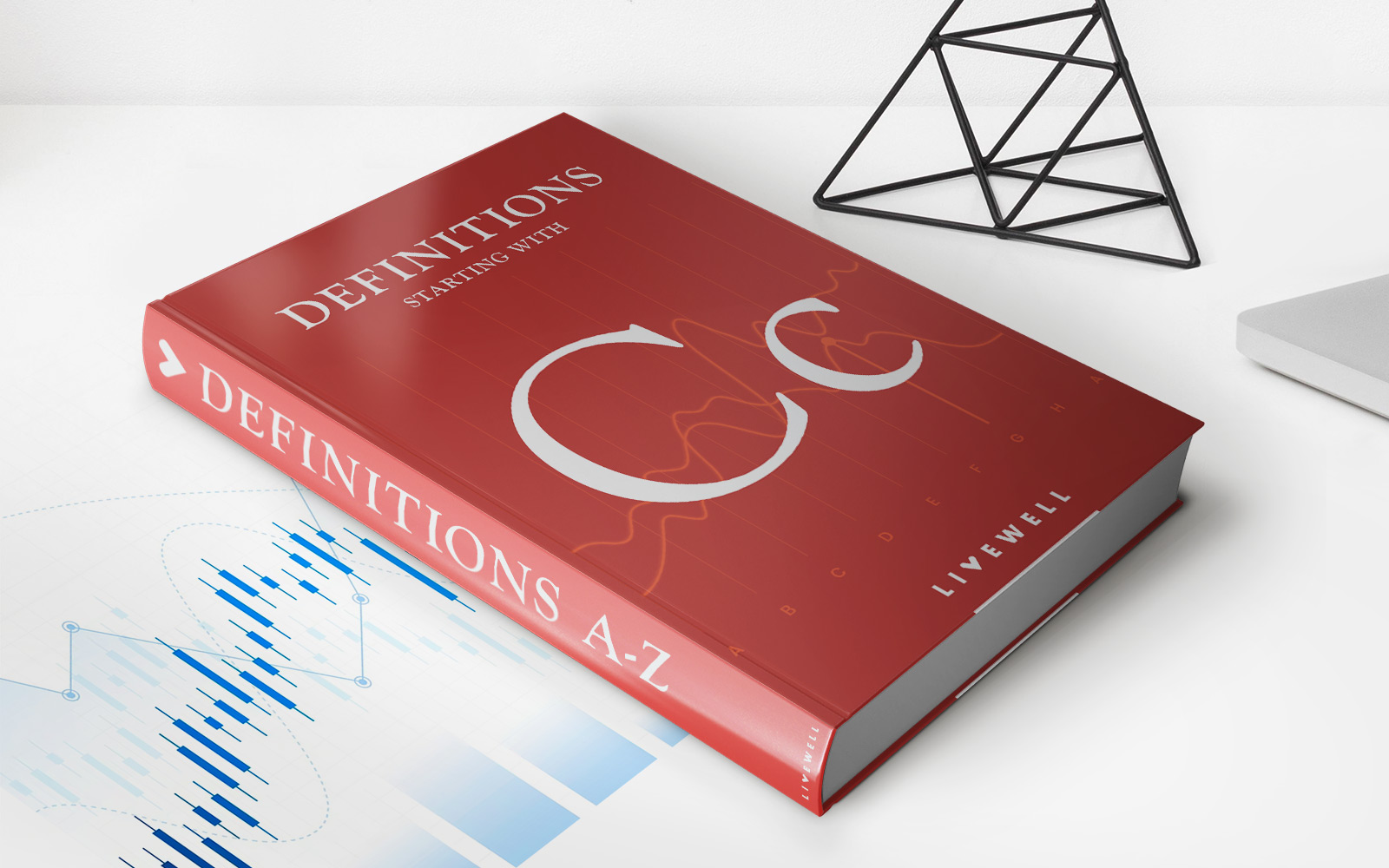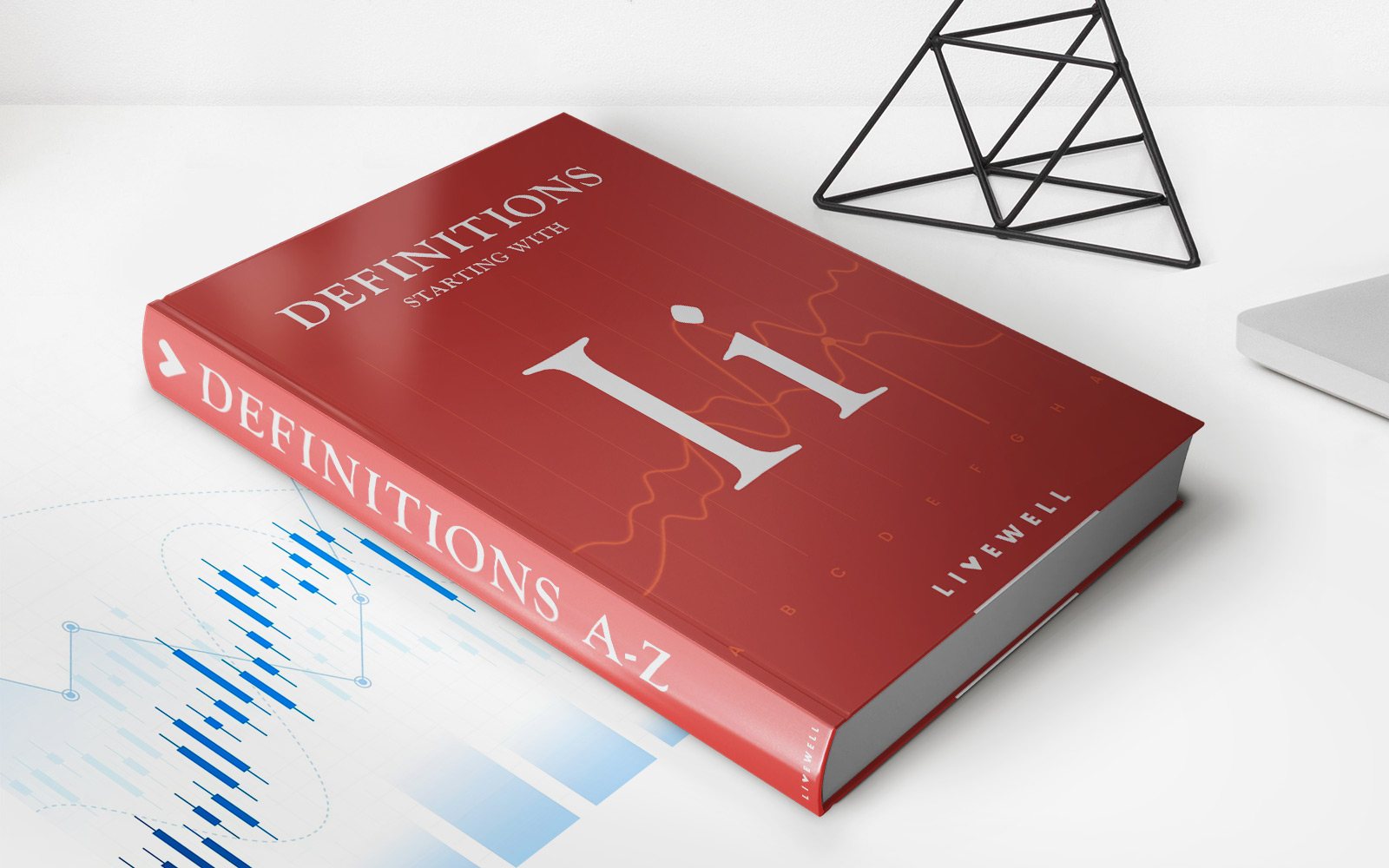

Finance
IRS Publication 538 Definition
Published: December 13, 2023
Learn the definition of FINANCE in the IRS Publication 538. Discover key insights and important information on financial matters.
(Many of the links in this article redirect to a specific reviewed product. Your purchase of these products through affiliate links helps to generate commission for LiveWell, at no extra cost. Learn more)
Understanding IRS Publication 538 Definition: A Comprehensive Guide
When it comes to navigating the complex world of finance, understanding the definitions and guidelines set forth by the IRS is essential. One invaluable resource is IRS Publication 538, which provides comprehensive information on certain accounting periods and methods for businesses. In this blog post, we will dive into the intricacies of IRS Publication 538 and highlight key takeaways to help you better grasp its significance.
Key Takeaways:
- IRS Publication 538: This publication outlines accounting periods and methods that businesses must follow for tax purposes.
- Accounting methods: Depending on the nature of your business, you must choose a suitable accounting method, such as cash or accrual, to report your income and expenses to the IRS.
Now, let’s delve deeper into what IRS Publication 538 entails and why it plays a vital role in the financial landscape.
What is IRS Publication 538?
IRS Publication 538 provides guidance on the accounting periods and methods that businesses must adhere to for federal tax purposes. It clarifies how to account for income and expenses, as well as which accounting method should be used to report them accurately. Understanding and complying with the guidelines outlined in this publication is crucial for businesses to ensure accurate tax reporting.
Choosing the Right Accounting Method
One of the fundamental aspects addressed by IRS Publication 538 is the importance of choosing the correct accounting method for your business. This decision has significant implications since accounting methods determine the timing of when income and expenses are recorded. There are two main methods:
- Cash Method: Under the cash method, income and expenses are recorded when cash is received or paid out. This method is often used by small businesses or individuals as it offers simplicity and immediate recognition of cash flow. However, it may not be suitable for businesses with extensive accounts receivable or payable.
- Accrual Method: The accrual method records income and expenses when they are earned or incurred, regardless of when cash is exchanged. This method provides a more accurate picture of a business’s financial performance over a particular period. It is commonly used by larger businesses with substantial transactions or those that extend credit to customers.
Choosing the appropriate accounting method is crucial as it affects how your business reports income and expenses to the IRS. It is important to consult with a qualified tax professional or accountant to determine the method that best suits your specific circumstances.
Other Important Considerations
While IRS Publication 538 primarily focuses on accounting methods, it also provides valuable insights into other aspects of financial reporting for tax purposes. Here are a few key considerations:
- Change of accounting method: If you wish to change your accounting method, IRS Publication 538 provides information on the rules, procedures, and necessary forms required to make that change.
- Special situations: The publication addresses special circumstances that may require different accounting methods, such as inventory valuation, long-term contracts, and farming businesses.
- Tax year: The IRS requires businesses to adopt a tax year, which is a recurring 12-month period used for tax reporting purposes. If you are unsure which tax year to adopt, IRS Publication 538 offers guidance on selecting the most appropriate tax year for your business.
By familiarizing yourself with these considerations, you can ensure compliance with IRS regulations and make informed decisions regarding your business’s financial reporting.
In Conclusion
IRS Publication 538 serves as a valuable tool in understanding the various accounting periods and methods required by the IRS for tax reporting. By choosing the correct accounting method and following the guidelines outlined in this publication, businesses can accurately report their income and expenses, ensuring compliance with federal tax regulations. Remember, consulting with a tax professional or accountant will provide further guidance tailored to your specific business needs.
